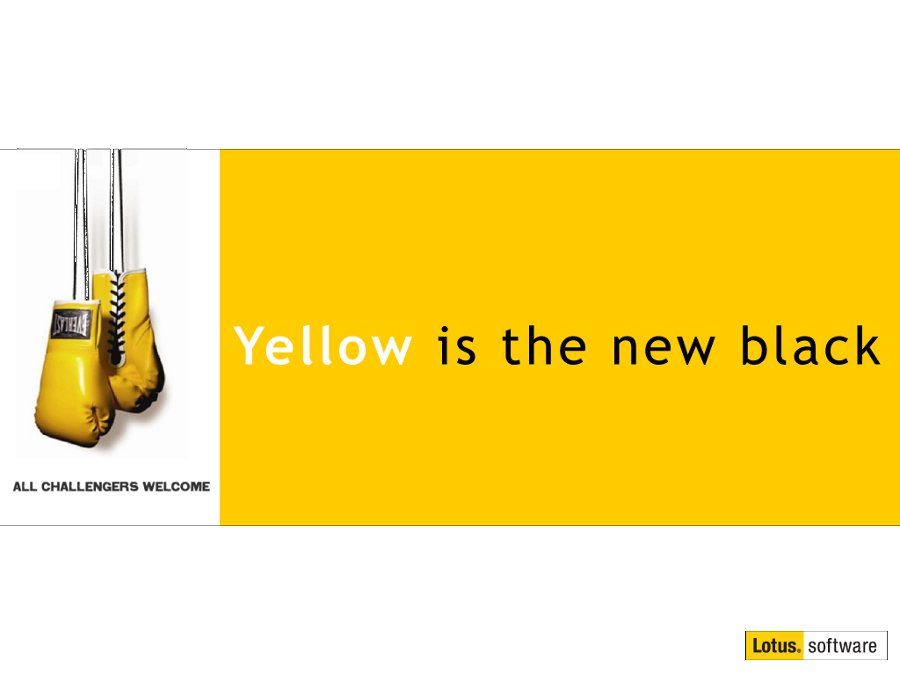The Alternate Reality, Episode 1: The Ubuntu Decision
Mat Newman July 26 2010 20:19:20
This series of posts is NOT about Microsoft Bashing. It's about the possibility that there could be an alternative to the desktop that I have been using for the last 20 years; a real-life look at the transition from reliance on Microsoft Software to an Alternate Reality.My own journey began in January 2009. Following a catastrophic operating system failure I decided that I would not go through the motions of simply installing every possible piece of software on my computer ever again. I had only been through that process a few weeks earlier during my "annual reinitialise and rebuild".
As an educator, this was huge departure from my own standard operating procedure. I teach virtually every piece of software that Microsoft, IBM and Adobe have released in the last 15 years. To not have everything loaded on my laptop ready to go at a moments notice could potentially lead to some hasty scrambles at the last minute to get the appropriate application installed before a class.
At the time, I saw the answer in virtualisation. I would create a series of virtual machines that contained combinations of software that I used most frequently. Deciding what to put into each machine was a relatively simple process, but then the decision on what applications to actually install on "my" computer took more consideration.
Firing up a VM to teach a class was one thing - but what did I actually need on a daily basis to perform my job? I compiled the list, and then looked at it again. Did I really need three word-processors? How many image editing applications did I need? Could IBM Lotus Symphony really replace WordPro and Excel?
So I made the leap. Three versions of Lotus Notes (including Symphony on 8.*), Adobe Creative Suite, VMWare Player, Smart Notebook (to run classes using my Smart-Board) and a handful of utilities are all that made the final cut. Anything else would be installed into a Virtual Machine.
So that's been my SOE (Standard Operating Environment) for the last 18 months. I also changed the way I stored my files. Friday night back-ups now only had to be pointed to one folder. Simple. Back-up my smart-phone to my "data" folder, replicate with my servers, then back up the data folder.
The other benefit of "virtualising" the software I accessed was that I could create a separate environment for each client that more closely resembled their own SOE. Consulting became easier - no more "one-off" software installs to bloat my own system. No more switching ID's and remembering which applications to replicate. My computer remained clean - with only the software installed that I actually used on a daily basis.
During the last few weeks in the office there has been a lot of debate over whether it was possible to move operating systems. I've pretty much proven that it was possible to go "Office-Free", but was it really possible to be "Windows-Free"? A good splattering of iThings have arrived in our office, and we've even had some Macbooks offered to us for evaluation purposes that have sparked interest in the Apple platform. In addition, our sales arsenal for some time has included the IBM line that "...you have the choice, Lotus Software runs on everything...".
Additionally, one of our clients has asked whether it is really possible to jump off the Microsoft licensing merry-go-round. They are setting up a new company early next year, and they are seriously considering alternatives to the "IT standard" of Microsoft Servers, Microsoft Clients and Microsoft Software (plus Notes - of course!). Their motivation is simple. A new company, with 100 initial users could save tens of thousands of dollars on server CALS and Office licenses alone.
So, after telling everyone that Lotus runs on Linux and Mac for the last couple of years, without having first-hand day-to-day experience of it (besides running Mac and Linux VM's) , I decided to trial "The Alternate Reality". Would it be good enough? Would the software be up to the same standard I was used too? How different would the user experience be?
Now the big decision: do I go out and buy a Mac? No - another catastrophic OS failure last week-end made the choice easy for me. Use my trusty 'ol ThinkPad and install Linux, instead of rebuilding Windows again.
Thanks to our testing of WildFire! I had already had some experience with Ubuntu, so it wasn't a huge learning curve to switch over. Additionally I had already done some home work so I knew that it was possible to run Notes 8.5.1 natively and Notes 7 simultaneously by running 7 under Wine, along with my other required applications having Linux versions, or the ability to run under Wine. So then it was down to accessing my plethora of VM's.
So; there I was. Monday morning, Ubuntu installed over the weekend, two versions of Lotus Notes (I was able to relegate Notes 6 to a VM, just-in-case) Adobe Photoshop, VMWare Player, and the same handful of utilities that I had in my Windows install on Friday.
On the same machine. On a completely different Operating System.
The facts ma'am - and only the facts.
Friday: I was running two versions of Notes (7.0.3 and 8.5.1), a couple of client VM's, a couple of RDP/VNC's and Smart Notebook during a Skype-SameTime call with a customer to workshop ideas.
Monday: Same thing. Different Day. Different Platform.
Usability: Faster, and with more free memory. I didn't get anywhere near the 3 gig of memory that Windows7 + 2xNotes + 2xVM's always required for the same thing. It wasn't to difficult to locate things (actually - having more than one "Start" option equivalent at the top of the screen makes it easier to access!)
Down-side: Two down-sides so far, trying to access my preferences in Notes 7 through File->Preferences->User Preferences caused a crash, as did Admin Client->Servers Tab-> Console.
Up-Side: In the past I would have to kill off Notes 8, and any remaining Notes 7 processes before I could start them again and continue working - not today. When Notes 7 crashed, Notes 8 kept on ticking.
The Surprise: Everything just worked (except the items listed at down-side). The real shock was how FAST everything ran. I just wasn't expecting the amount of free memory that is available compared with Windows, or the speed at which additional applications started. I could do more - at the same time - than I could on Friday, and it was faster. Friday: Windows+Notes 8 = 1.3GB of memory, Monday: Linux+Notes 8 = 475MB of memory!
There it is. Installed Ubuntu, restored my "data" folder from back-up (thankfully only a few hours old), Installed Notes a couple of times, Installed VMWare, download and install a couple of utilities.
Two days later - and after a full day @ work, so far I have to say I'm happy with "The Ubuntu Decision".

 Feeds
Feeds